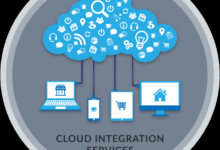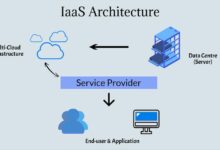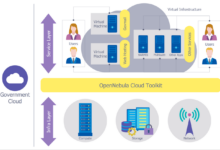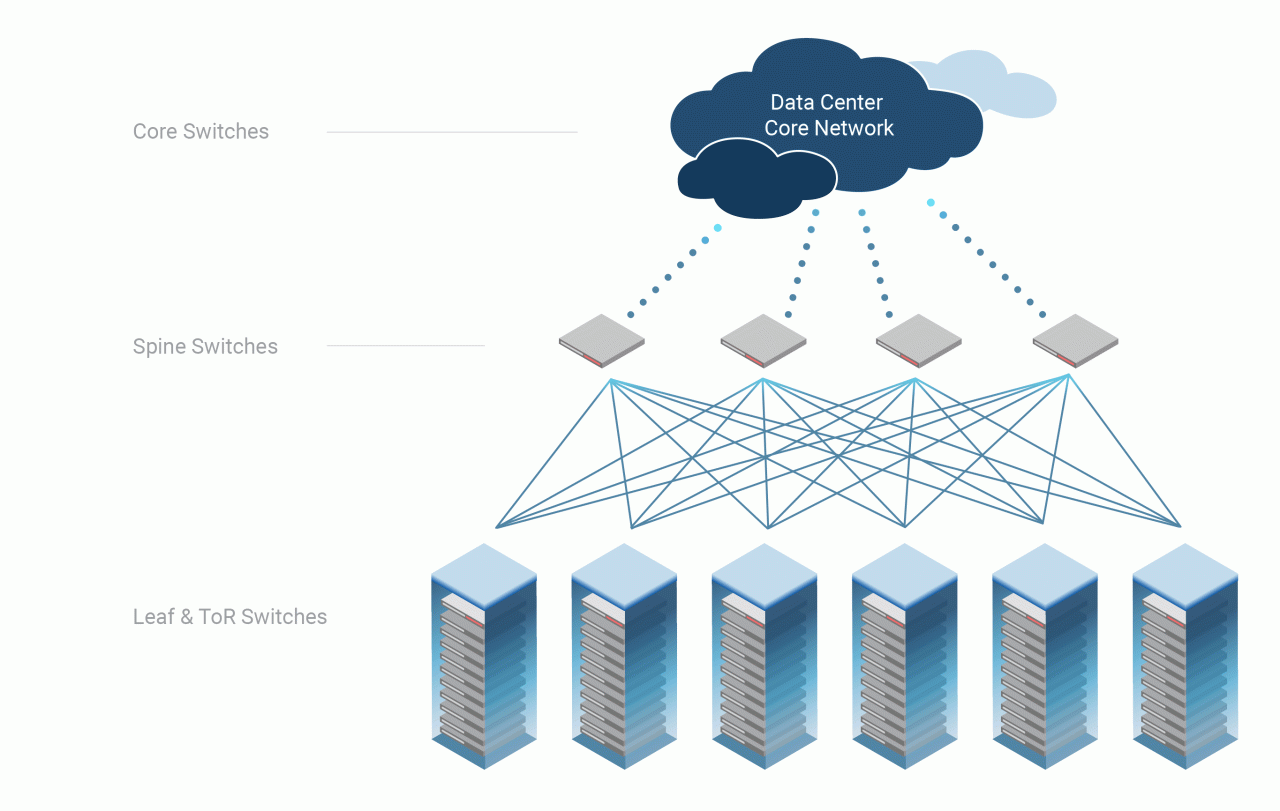Unveiling Cloud Networking Architecture Consulting: Empowering Your Network Infrastructure
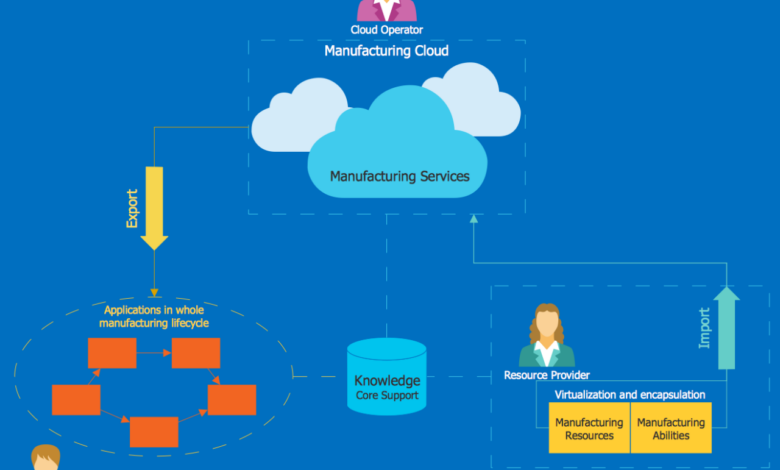
In the ever-evolving landscape of cloud computing, Cloud networking architecture consulting emerges as a transformative force, guiding organizations towards a future of optimized network performance, enhanced security, and reduced costs. By leveraging the expertise of seasoned consultants, businesses can unlock the full potential of cloud networking, ensuring seamless connectivity, robust data protection, and cost-effective operations.
Cloud networking architecture consulting delves into the intricacies of cloud network design, implementation, and management, empowering organizations to overcome challenges and achieve their business objectives. From network segmentation and security configurations to load balancing and performance optimization, our team of experts provides tailored solutions that align with your unique requirements.
Cloud Networking Architecture Overview
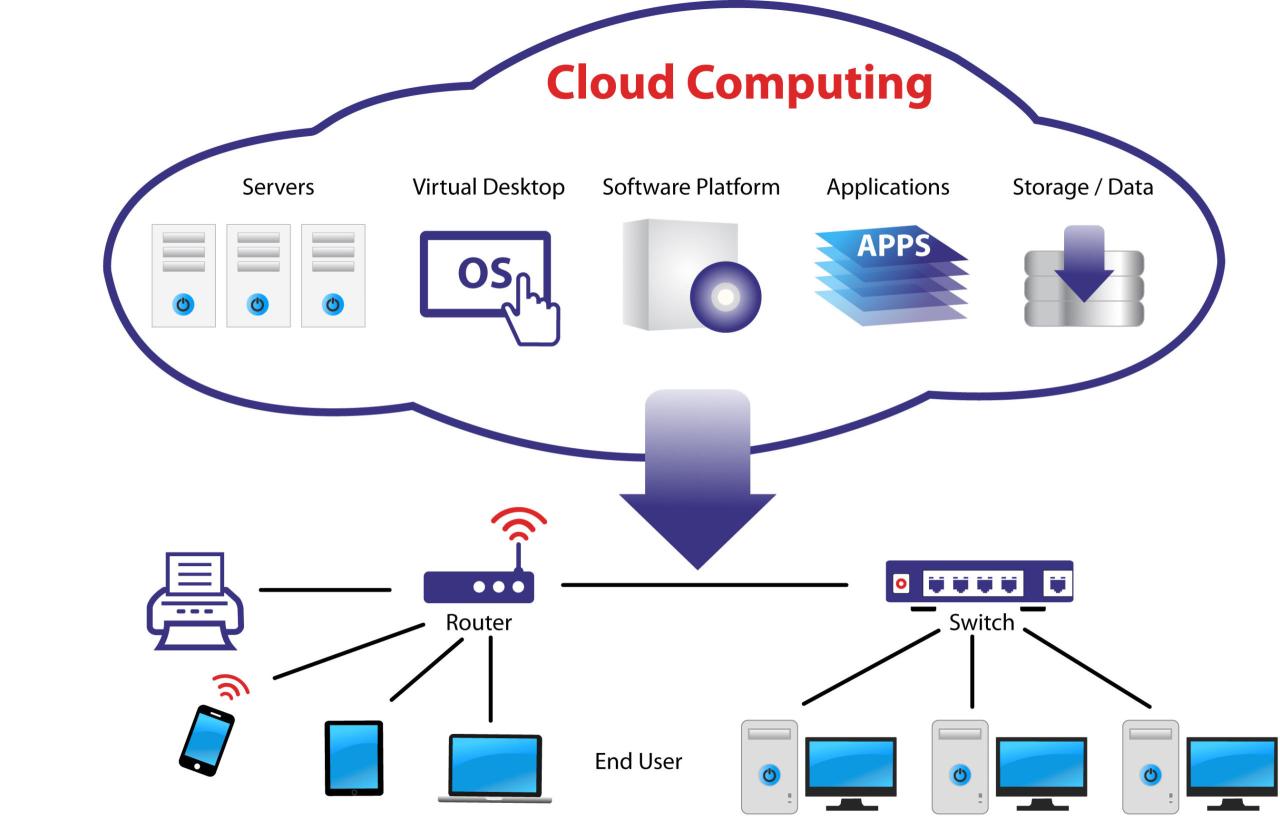
Cloud networking architecture is a framework that defines how networks are designed and managed in cloud computing environments. It provides a flexible and scalable way to connect cloud-based resources, such as virtual machines, containers, and applications.Key components of a cloud networking architecture include:
Virtual networks
These are isolated network segments that provide a secure and private environment for cloud resources.
Subnets
These are smaller divisions of virtual networks that can be used to further segment traffic.
Routers
These are devices that connect virtual networks and subnets and control the flow of traffic between them.
Firewalls
These are security devices that control access to cloud resources and protect them from unauthorized access.
Load balancers
These are devices that distribute traffic across multiple servers to improve performance and reliability.Benefits of cloud networking architecture include:
Flexibility
Cloud networking architecture can be easily scaled up or down to meet changing needs.
Scalability
Cloud networking architecture can support large numbers of cloud resources and users.
Security
Cloud networking architecture provides a secure and private environment for cloud resources.
Cost-effectiveness
Cloud networking architecture can be more cost-effective than traditional networking solutions.Challenges of cloud networking architecture include:
Complexity
Cloud networking architecture can be complex to design and manage.
Performance
Cloud networking architecture can impact the performance of cloud resources.
Security
Cloud networking architecture must be properly configured to protect cloud resources from unauthorized access.
Cloud Networking Design Principles
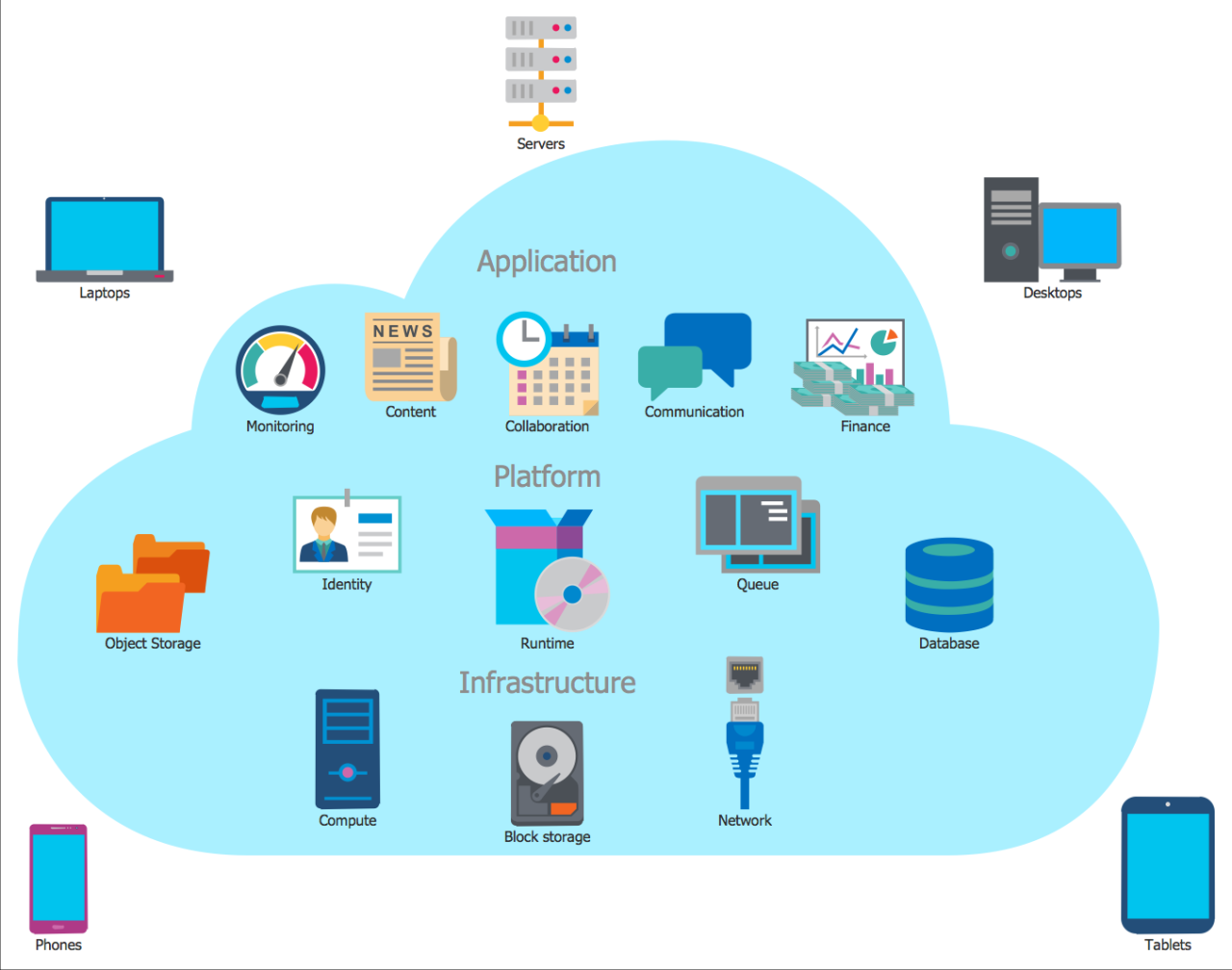
Designing a scalable and secure cloud network is crucial for ensuring optimal performance and protection of your applications and data. Here are some key principles to consider:
Network Segmentation
Network segmentation involves dividing your network into multiple logical segments, each with its own security policies and access controls. This helps isolate different parts of your network, reducing the risk of unauthorized access or malicious activity spreading throughout your entire network.
Firewall and Security Group Configuration
Firewalls and security groups act as gatekeepers, controlling traffic flow and enforcing security policies. Firewalls filter traffic based on IP addresses, ports, and protocols, while security groups apply security rules to specific instances or groups of instances within a network.
Load Balancing and High Availability
Load balancing distributes incoming traffic across multiple servers or instances, ensuring that no single server becomes overloaded. High availability measures, such as redundancy and failover mechanisms, help maintain service availability even in the event of server or network failures.
Network Monitoring and Logging
Continuously monitoring your network and logging network activity is essential for detecting and troubleshooting issues. Monitoring tools provide real-time visibility into network performance, while logging records network events and activities for future analysis.
Automation and Orchestration in Cloud Networking
Automation and orchestration tools can significantly simplify and streamline cloud networking management. Tools like CloudFormation and Terraform allow you to automate the creation and configuration of network resources, while Ansible, Puppet, Jenkins, and GitLab CI/CD can be used for automating tasks such as deploying network configurations and managing network changes.
Cloud Networking Case Studies
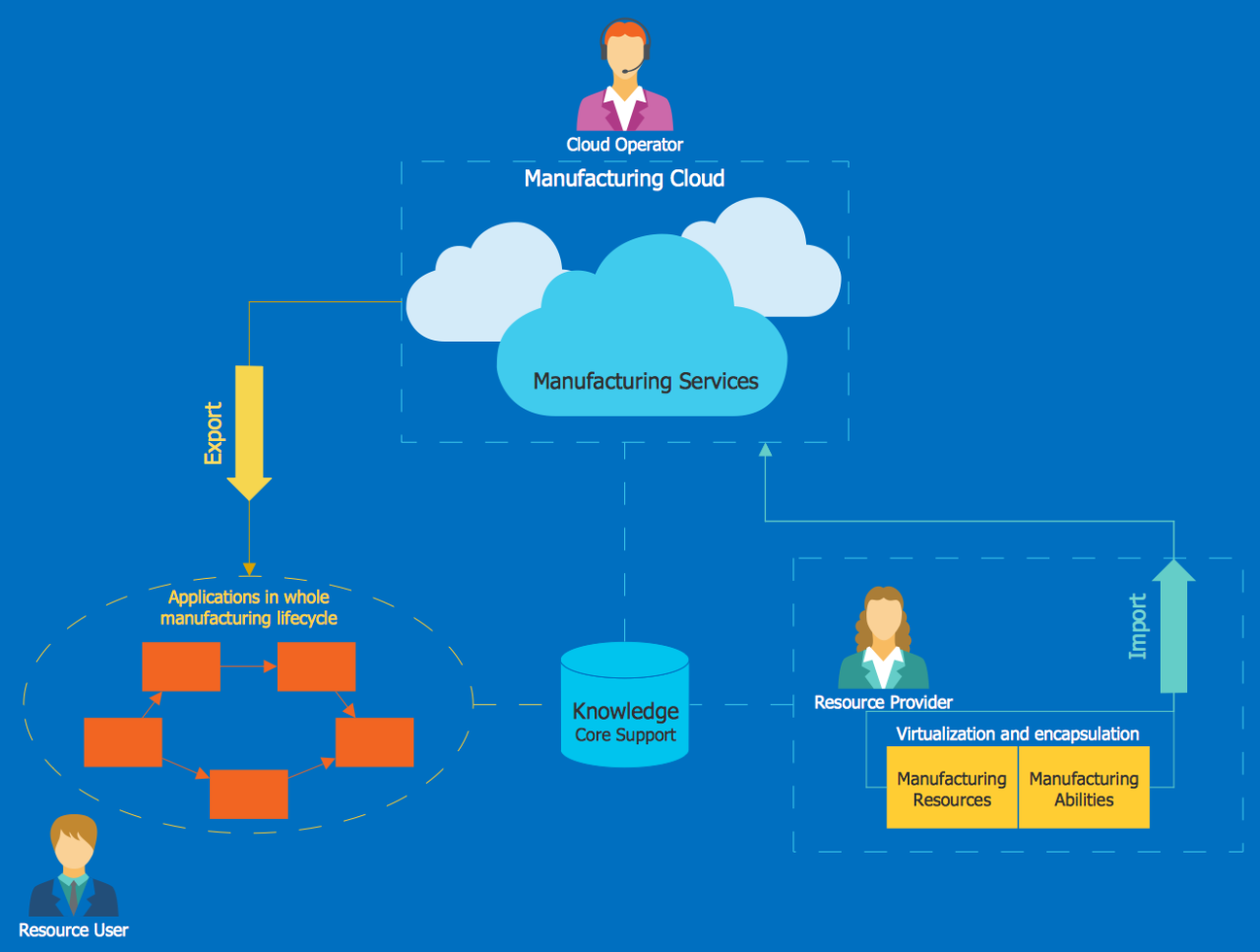
Cloud networking case studies provide valuable insights into the successful implementation of cloud networking technologies. These case studies showcase the challenges faced, solutions adopted, and benefits achieved by organizations that have embraced cloud networking. By analyzing these case studies, businesses can learn from the experiences of others and make informed decisions about their own cloud networking strategies.
One of the key benefits of cloud networking is its ability to improve agility and flexibility. Cloud-based networks can be easily scaled up or down to meet changing business needs, which is particularly valuable for organizations that experience seasonal fluctuations in demand or that are undergoing rapid growth.
For example, a retail company that experiences a surge in online sales during the holiday season can quickly provision additional network capacity to handle the increased traffic. Similarly, a startup company that is growing rapidly can easily add new network resources to support its expanding operations.
Cloud networking can also help businesses to reduce costs. Cloud-based networks are typically more cost-effective than traditional on-premises networks, as businesses only pay for the resources they use. Additionally, cloud networking can eliminate the need for businesses to purchase and maintain their own hardware, which can further reduce costs.
Case Study: XYZ Company
XYZ Company is a large multinational corporation with operations in over 100 countries. The company was facing a number of challenges with its traditional on-premises network, including high costs, limited flexibility, and poor performance. XYZ Company decided to migrate its network to the cloud in order to address these challenges.
After migrating to the cloud, XYZ Company experienced a number of benefits, including:
- Reduced costs: XYZ Company was able to reduce its network costs by 30% by migrating to the cloud.
- Increased flexibility: XYZ Company was able to quickly and easily scale its network up or down to meet changing business needs.
- Improved performance: XYZ Company experienced a significant improvement in network performance after migrating to the cloud.
XYZ Company’s cloud networking implementation was a success due to a number of factors, including:
- The company had a clear understanding of its business needs and how cloud networking could help it to meet those needs.
- The company worked with a qualified cloud networking provider that had a proven track record of success.
- The company took a phased approach to its cloud networking implementation, which allowed it to minimize risk and ensure a smooth transition.
Conclusion, Cloud networking architecture consulting
Cloud networking can provide businesses with a number of benefits, including improved agility, flexibility, cost savings, and performance. By carefully planning and executing their cloud networking implementations, businesses can achieve significant benefits and improve their overall business operations.
Cloud Networking Trends
The world of cloud networking is constantly evolving, with new trends emerging all the time. These trends are driven by the increasing adoption of cloud computing, the growing need for network flexibility and scalability, and the rise of new technologies such as software-defined networking (SDN) and network function virtualization (NFV).These
trends are having a major impact on the design and architecture of cloud networks. In the future, cloud networks will be more:
-
-*Flexible and scalable
Cloud networks will need to be able to adapt quickly to changing demands. This will require the use of SDN and NFV, which allow networks to be programmed and reconfigured on the fly.
-*Secure
Cloud networks will need to be protected from a growing number of threats. This will require the use of advanced security measures, such as firewalls, intrusion detection systems, and access control lists.
-*Cost-effective
Cloud networks will need to be cost-effective to operate. This will require the use of efficient networking technologies and the adoption of cloud-based network management tools.
– Share best practices for designing, implementing, and managing cloud networks.
To ensure optimal performance, security, and scalability of cloud networks, it is crucial to adhere to established best practices. These guidelines provide a solid foundation for designing, implementing, and managing cloud networks effectively.
By following industry standards and best practices, organizations can minimize risks, reduce costs, and maximize the benefits of cloud networking.
Importance of following industry standards and best practices
Adhering to industry standards and best practices offers numerous advantages for cloud networking:
- Enhanced security:Compliance with standards ensures robust security measures, protecting networks from cyber threats.
- Improved reliability:Best practices promote network stability and minimize downtime, ensuring uninterrupted business operations.
- Cost optimization:Efficient network design and management practices optimize resource utilization, reducing operational costs.
- Increased scalability:Networks designed according to best practices can seamlessly adapt to changing demands and support future growth.
Cloud Networking Consulting Services
Cloud networking consulting firms provide a range of services to help businesses design, implement, and manage their cloud networks. These services can include:
- Network architecture and design
- Cloud migration planning and implementation
- Network performance optimization
- Security assessments and compliance
- Managed network services
Working with a cloud networking consultant can provide a number of benefits, including:
- Access to expertise and experience in cloud networking
- Reduced risk of network outages and security breaches
- Improved network performance and efficiency
- Cost savings through optimized network design and management
- Peace of mind knowing that your network is in good hands
Benefits of Working with a Cloud Networking Consultant
There are many benefits to working with a cloud networking consultant, including:
- Expertise and experience:Cloud networking consultants have the expertise and experience to help you design, implement, and manage your cloud network. They can help you avoid common pitfalls and ensure that your network is secure, reliable, and scalable.
- Reduced risk:Working with a cloud networking consultant can help you reduce the risk of network outages and security breaches. Consultants can help you identify and mitigate potential risks, and they can provide you with ongoing support to ensure that your network is always up and running.
- Improved performance:Cloud networking consultants can help you improve the performance of your cloud network. They can help you optimize your network design, and they can provide you with recommendations for improving network performance.
- Cost savings:Working with a cloud networking consultant can help you save money. Consultants can help you optimize your network design and management, which can lead to reduced costs.
- Peace of mind:Working with a cloud networking consultant can give you peace of mind knowing that your network is in good hands. Consultants can provide you with ongoing support and monitoring, so you can rest assured that your network is always up and running.
Cloud Networking Architecture Comparison: Cloud Networking Architecture Consulting
Cloud networking architectures vary significantly, offering distinct advantages and drawbacks. Understanding these differences is crucial for selecting the optimal architecture for your organization’s specific needs.
Single-Tenant Architecture
- Dedicated resources for a single tenant, ensuring high performance and security.
- More expensive and less scalable compared to multi-tenant architectures.
Multi-Tenant Architecture
- Shared resources among multiple tenants, resulting in cost-effectiveness and scalability.
- Potential performance and security concerns due to resource sharing.
Hybrid Architecture
- Combination of single-tenant and multi-tenant architectures, offering flexibility and customization.
- More complex to manage and can be more expensive than single-tenant architectures.
Overlay Architecture
- Virtual network that operates independently of the underlying physical network, providing flexibility and portability.
- May introduce additional latency and complexity compared to other architectures.
Ultimate Conclusion
Embark on a transformative journey with Cloud networking architecture consulting, and unlock the gateway to a resilient, secure, and cost-efficient network infrastructure. Our comprehensive services empower you to harness the full potential of cloud networking, enabling you to stay ahead in the competitive digital landscape.
